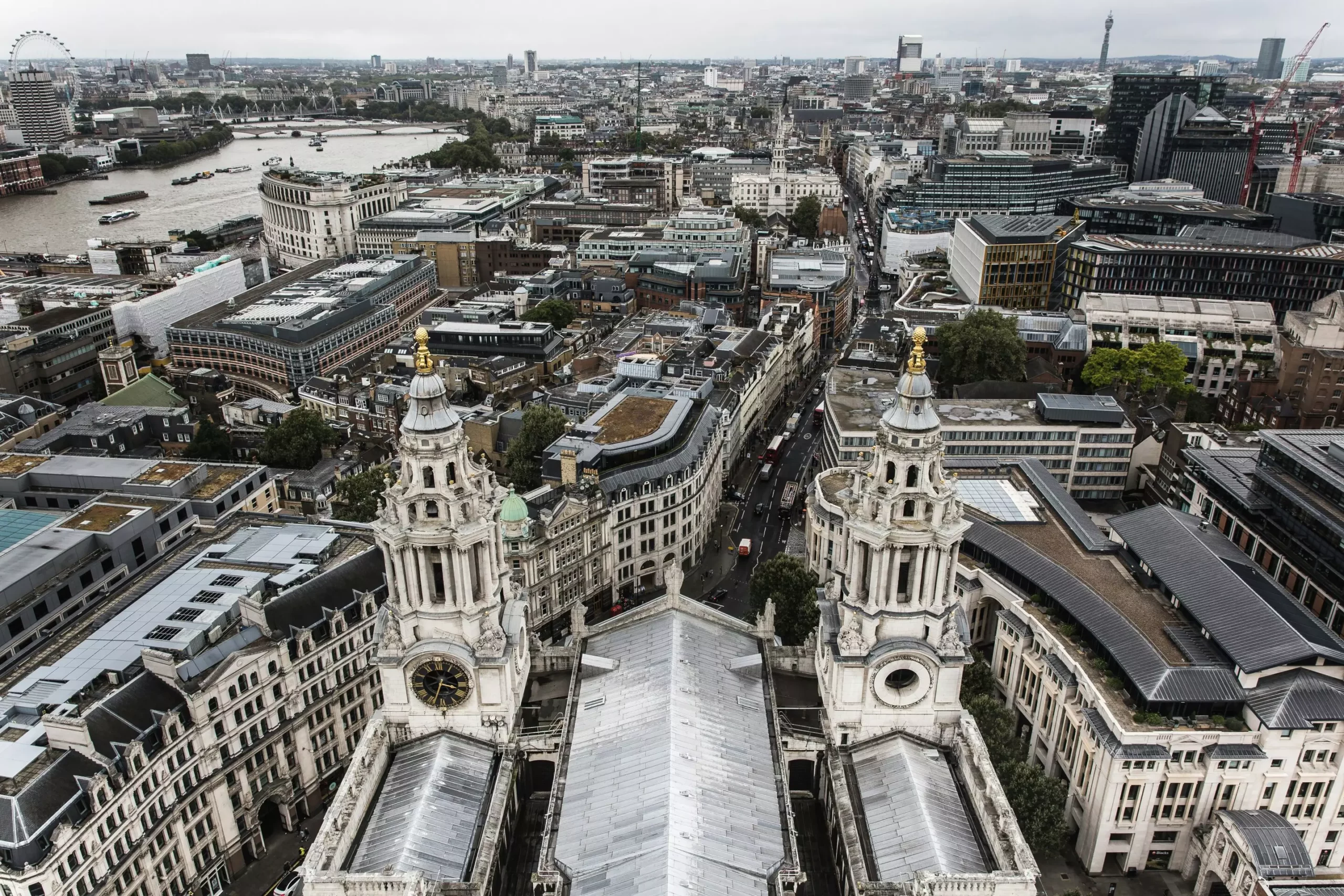The summer of 2018 marked a historic heatwave in London, pushing the city’s temperature to unprecedented levels and raising concerns about the public health implications of extreme heat. A recent study conducted by researchers at University College London (UCL) and the University of Exeter sheds light on a potential solution to combat this intensifying urban heat. The findings suggest that widespread implementation of cool roofs—roofs painted white or light-colored—could have salvaged nearly 250 lives during that scorching summer. This article delves into the analysis presented by the researchers, exploring how cool roofs and solar panels can significantly mitigate urban temperature increase, subsequently enhancing public health and energy sustainability.
Urban areas, such as London, experience a noticeable temperature differential compared to rural surroundings, a phenomenon termed the “urban heat island” effect. This disparity occurs due to various factors, including extensive asphalt surfaces, dark roofing materials, and a lack of vegetation. The summer of 2018 exemplified this phenomenon, as average temperatures hovered around 19.2 degrees Celsius—1.6 degrees above the norm for that period. The health repercussions were severe, culminating in 786 heat-related deaths. The UCL and Exeter research aimed at quantifying how reflective roofing materials could have cooled the city and saved lives during this odyssey of extreme temperatures.
The core recommendation from the study advocates for adopting cool roofs across urban landscapes. According to the findings, if London had implemented such a strategy, the city could have experienced an average temperature drop of approximately 0.8 degrees Celsius. Such a reduction is not merely theoretical; it is linked to an estimated 249 lives that could have been saved, accounting for 32% of the total heat-related fatalities recorded during that summer. Cool roofs function by reflecting sunlight and reducing heat absorption, making them a straightforward yet powerful solution to combating the urban heat problem.
In addition to cool roofs, the study explored the impact of widespread rooftop solar panel installation. The researchers found that if solar panels had been widely adopted during the 2018 summer, they could have contributed to an additional temperature decrease of roughly 0.3 degrees Celsius. In terms of lives saved, this translates to an estimated 96 fewer deaths—12% of the total heat-related fatalities. Beyond their cooling benefits, solar panels provide renewable energy, which aligns with sustainability goals and climate change mitigation efforts.
From a fiscal perspective, the deaths resulting from extreme heat place a significant burden on the healthcare system. The analysis in the research quantified the economic implications of adopting cool roofs and solar panels, projecting a potential economic benefit of £615 million from the lives saved through cool roofs, alongside £237 million from solar installations. These figures underscore that investing in climate-responsive architecture not only aids public health but also mitigates financial burdens associated with heat-related illnesses.
To achieve these insights, the research employed sophisticated 3D computer modeling to simulate various urban environments and their respective temperature responses to changes in roofing types. By cross-referencing modeled outputs with actual temperature measurements from the summer of 2018, the researchers produced a comprehensive analysis of London’s thermal dynamics. Such modeling serves as a crucial tool for urban planners seeking to navigate the challenges posed by climate change in densely populated areas.
As global temperatures continue to rise, so do the frequency and severity of heatwaves, particularly in urban environments. The study emphasizes the urgency for cities like London to adopt measures that adapt to these changes—cool roofs being one viable option. This research not only advocates for practical interventions in urban planning but also highlights the significant role that local government policies need to play. Action is called for at multiple levels to foster a greener, healthier urban environment capable of withstanding climate impacts.
The insights derived from the study by UCL and the University of Exeter present a compelling case for integrating cool roofs and solar panels into urban infrastructure. By implementing such strategies, cities can reduce heat-related mortality while also addressing energy consumption issues. The need for adaptation has never been more pressing, and actions that embrace sustainable roofing technologies could pave the way for a healthier, cooler, and more energy-efficient urban future. In an era where climate change looms large, proactive measures are not just beneficial—they are essential for urban resilience.


Leave a Reply